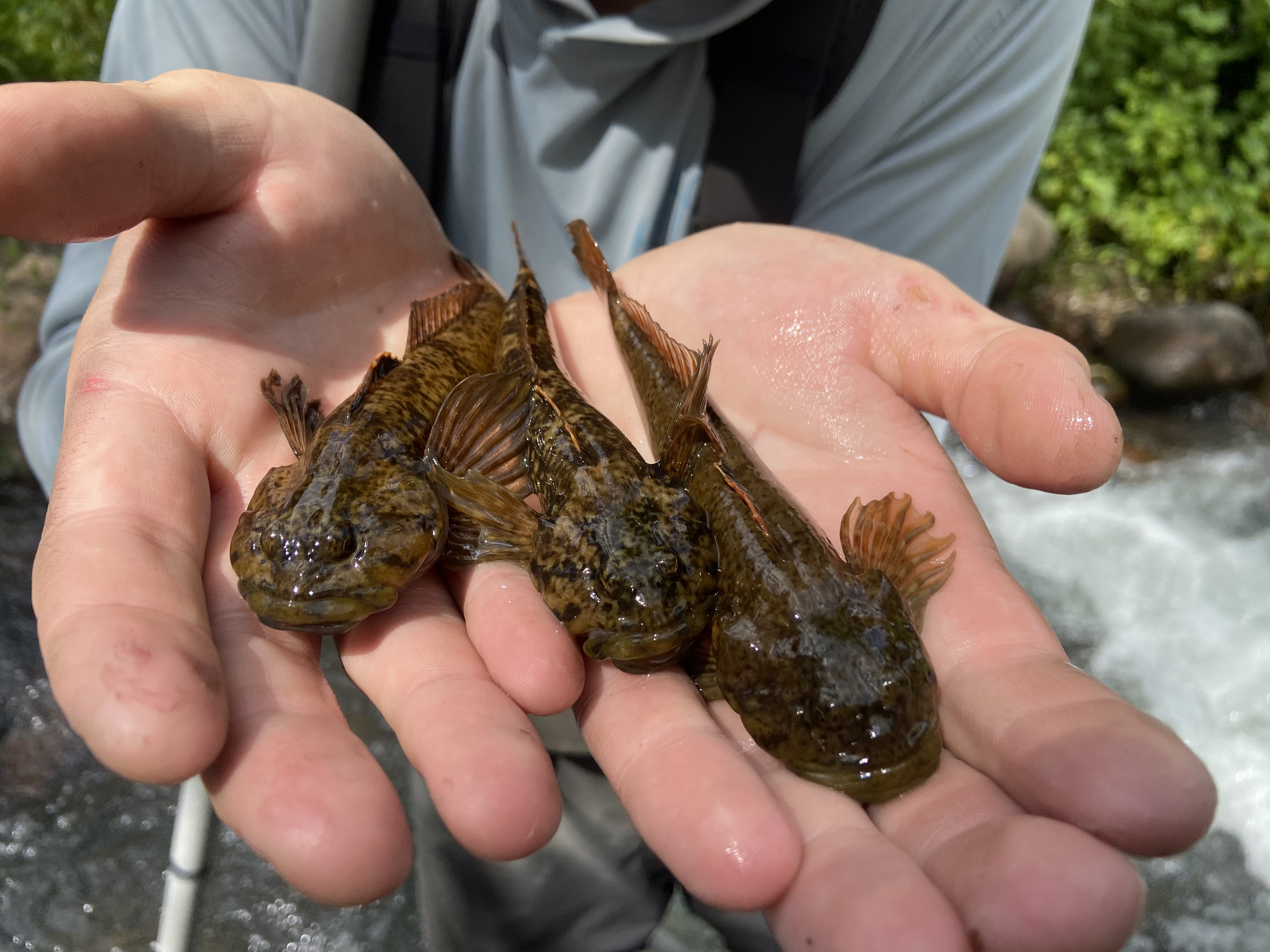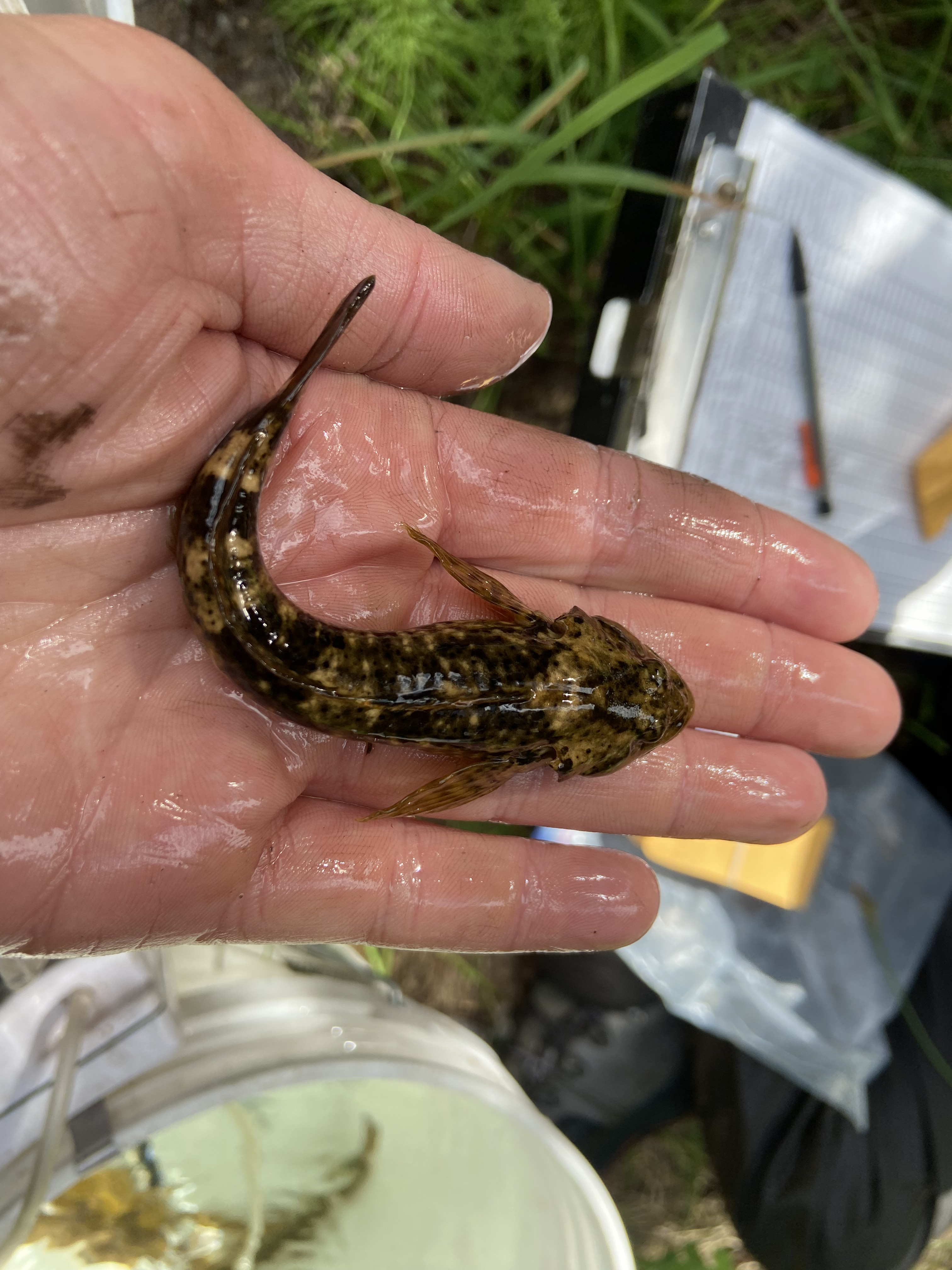Idaho, and really the entire western side of the United States, has fewer native fish species, just over 40 in Idaho, whereas some states on the eastern side of the country have 200-300. What we lack in number is more than made up for by charisma with iconic native fish like cutthroat, steelhead, and white sturgeon to name a few. We also have some lesser known and sometimes lesser appreciated species in Idaho, native non-game species.
In the next few months, we’ll be highlighting these critters to let ya know what else is living underwater in the Gem State.
A great place to start this journey is with Idaho’s sculpin species. If you have heard of these fish, you may have heard them referred to as ‘mini-lingcod’ and while they aren’t closely related to lingcod they do share relatives a long time ago and certainly look the part.
In Idaho, these unique creatures often go unnoticed for a few reasons. First, because of their small size (if they reach 5 inches that’s a pretty big sculpin!); second, they are really good at camouflage, possessing the ability to change their color based on their surroundings; and third, they stay on the bottom of the streams and lakes by often wedging themselves amongst rocks and vegetation.




